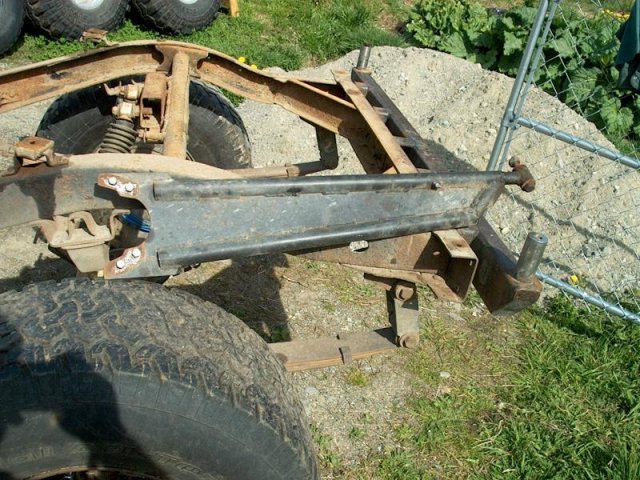Before you guys bite my head off, I searched, and read almost all of the posts pertaining to the anti-wrap bar on the 40. The problem is there are alot of different designs out there. I want to build it properly the first time. I made a drawing and I need to know if this is the CORRECT method of building one. I'm putting it on an FJ40 with 60 axles, built mainly for steep hillclimbs (loose dirt, shale, rocks ie; Canadian Rockies)

Thanks for the input,
Paul

Thanks for the input,
Paul




 This topic is always fun.
This topic is always fun.
